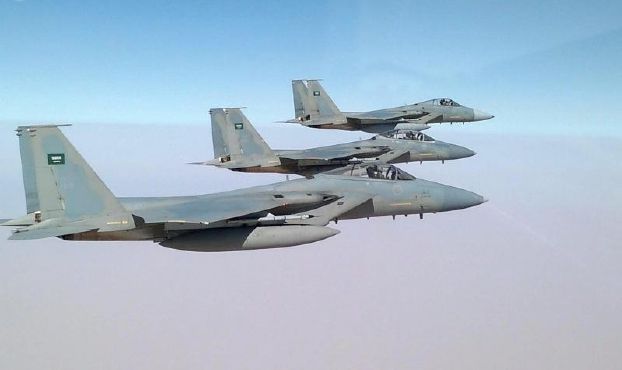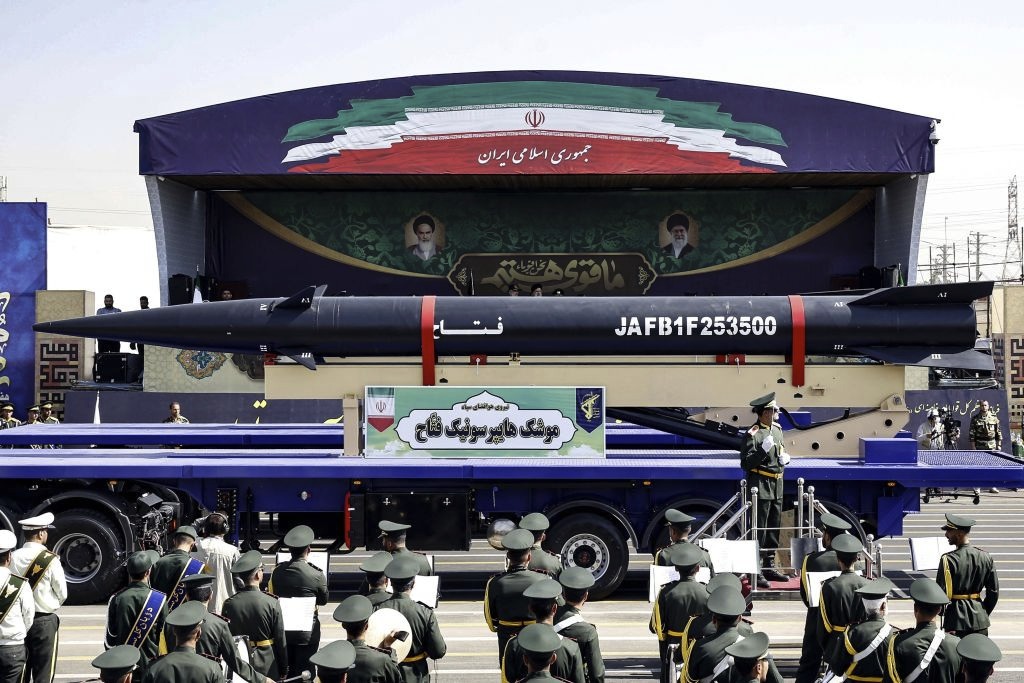Saudi and Egyptian marines capture Iran-held island at Red Sea chokepoint
DEBKAfile Exclusive Report December 11, 2015
In a pivotal breakthrough in the Yemen civil war, Thursday, Dec. 11 the naval forces of Saudi Arabia, Egypt and the UAR took by storm from Yemen’s Iran-backed Houthi rebels the Greater Hanish island, which is part of the strategic archipelago commanding the Strait of Bab al Mandeb. This is reported exclusively by debkafile’s Middle East sources. This highly strategic strait links the Indian Ocean with the Gulf of Aden and the Red Sea – i.e. Africa and Asia – and is the world’s fourth busiest chokepoint for international oil traffic. Captured by Yemeni rebels last May, the island was converted by Iranian officers into an armed base and one of Tehran’s largest depots for the supply of arms to its forces and proxies in the region. A fleet of small boats and fishing vessels kept the Yemeni Houthis amply armed for fending off the Saudi-led Arab coalition fighting to restore the exiled Yemeni government.
The Hanish island base also provided Iran with a commanding position for spreading its influence in Ethiopia and Eritrea on the eastern African seaboard.
Taking the island was a major breakthrough for the coalition, after long months of combat that was crowned by their capture of the southern Yemeni seaport of Aden in the past three months. With the occupation of Greater Hanish, Saudi-led forces are now in position not just to cut off Iran’s weapons supplies to the Yemeni rebels, but also to break its grip on the vital strait that connects the Persian Gulf to the Mediterranean via the Suez Canal. Iran maintained on Greater Hanish Island advanced radar and electronic tracking stations for keeping an eye on military movements on the southern Saudi border with northern Yemen. They could also shadow oil tanker and other shipping passing through the Red Sea, and stake out Israel’s south- and east-bound sea traffic as it passed through the Gulf of Aqaba.
debkafile’s military and intelligence sources reveal that Saudi Arabia and Egypt finally decided that the seizure of the strategic island could not be delayed when last month, Iran won a permit to establish an air and sea base in Djibouti, the Horn of Africa nation opposite the Gulf of Aden’s entrance to the Red Sea.
Djibouti derives much of its revenue from renting out tracts of land to foreign nations seeking bases of operation in the Horn of Africa and the Red Sea. American and French bases are situated no more than 214 km from Greater Hanish Island. Riyadh, Cairo and the UAE agreed that they could not afford to let Iranian air and naval forces gain control of the Bab El-Mandeb Strait from its twin footholds on the island and in Djibouti. They were not the only interested parties. It may be taken for granted that their operation to take over Greater Hanish was quietly assisted by Western and Middle East interests that had been watching Iran’s takeover of these vital ocean pathways with grave concern.
Iran’s long aim for its ballistic missiles
Dr. Majid Rafizadeh/Al Arabiya/December 11/15
The Joint Plan of Action Agreement (JCPOA) between six world powers and Iran hints ambiguously at “addressing U.N. Security Council resolutions” regarding Tehran. However, the JCPOA further states that Iran should not undertake any ballistic missile activity “until the date eight years after the JCPOA Adoption Day or until the date on which the IAEA submits a report confirming the Broader Conclusion, whichever is earlier”.Nevertheless, Iran has repeatedly test-fired long-range ballistic missiles and laser-guided surface-to-surface missiles. In October and November, just after the nuclear deal was reached, the Islamic Republic tested a new ballistic missile capable of carrying multiple warheads. This was in breach of two U.N. Security Council resolutions and JCPOA. Not only did the nuclear deal not temper Iran’s foreign policy, IRGC leaders appear to be more empowered to manifest their military power.
Iranian leaders aren’t reserved about projecting their military power. When his country was unveiling a new missile, Fateh 313, President Hassan Rouhani pointed out that “we will have a new ballistic missile test in the near future that will be a thorn in the eyes of our enemies.” An Iranian state news agency, Fars, also posted a video of Iran’s underground missile testing facility.But why would Iran need such a diverse ballistic arsenal? Why doesn’t Iran fear breaching UNSC resolutions and JCPOA? How will the international community react and what implications will Iran’s actions have on the nuclear deal?
Ballistic threat to the region
Iran’s ballistic capability is one of the most critical pillars of Tehran’s national security policy. Aside from managing Iran’s nuclear program, and supporting its proxies, the third important program of the Iranian Revolutionary Guard Corps (IRGC) is its ballistic missile program. Surpassing Israel, Iran possesses the largest and most diverse ballistic missile program in the Middle East. No country, other than Iran, has acquired long range ballistic missiles before obtaining nuclear weapons. This makes the IRGC one of the most formidable military institutions in the region. Ballistic missiles can be used for offensive or defensive purposes, but sophisticated missiles are mainly developed as delivery vehicles for nuclear weapons. Tehran’s ballistic missiles can hit any country in the Middle East. But Iranian leaders are not satisfied with this capability and are looking to expand. Iran’s ballistic technology has grown due to Iran-North Korea ties. But Tehran has gradually relied on its domestic infrastructure as well, and adapted new technology to expand its ballistic arsenal.
Repercussions and P5+1 reaction
Iran’s determination to have the most robust and largest ballistic missile arsenal in the region highlights its ambitions for supremacy through militarization. By emphasizing the need to fight the “enemies”, IRGC leaders have succeeded at rallying Parliament to secure billions of the government’s revenue to spend on Iran’s ballistic and nuclear program. Iran’s improving military capabilities are increasing support for IRGC and the Supreme Leader, Ayatollah Ali Khamenei. If we argue that the Islamic Republic isn’t going to use these ballistic missiles against other nations, Iran’s expanding program and frequent test-fires are intended to create fear in the region. This inevitably leads to further destabilization and militarization of the region. For example, Israel has begun improving its Arrow Missile Defense system in response to Iran’s missile program. Not only did the nuclear deal not temper Iran’s foreign policy and regional hegemonic ambitions, IRGC leaders appear to be more empowered to manifest their military power. Despite the efforts of the international community since the 1980s, the Islamic Republic has managed to expand its missile program to be the largest in the region. Iran’s missile range has grown from 500km to over 2000km.
This comes despite the United Nations Security Council resolution 1929 that states: “Iran shall not undertake any activity related to ballistic missiles capable of delivering nuclear weapons, including launches using ballistic missile technology, and that States shall take all necessary measures to prevent the transfer of technology or technical assistance to Iran related to such activities.” However, Iran’s rapidly improving missile capabilities are less likely to cause a reaction from P5+1. In addition, these breaches of the JCPOA and UNSC resolutions are not going to change P5+1’s decision to lift the ban on Iran’s ballistic program and remove sanctions by early next year. P5+1 is bolstering IRGC’s military prowess and rallying more hard-line support behind IRGC.























